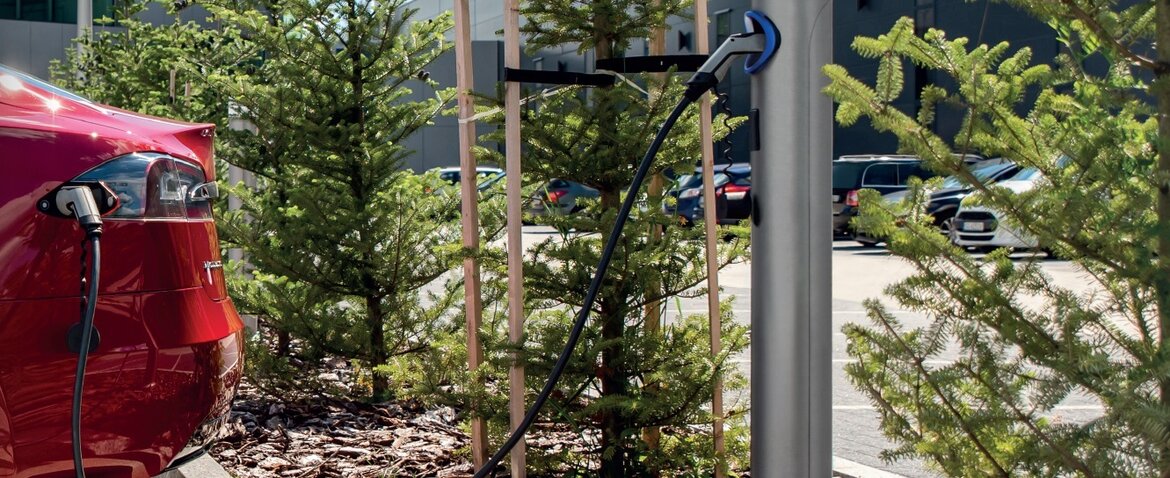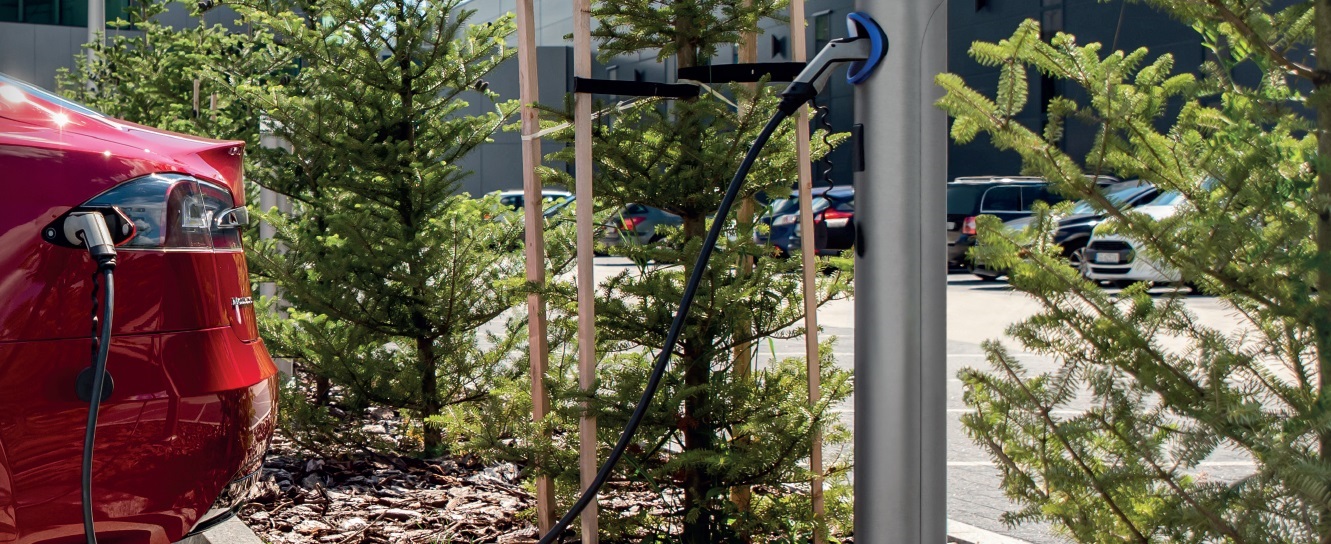

Using a lamppost as a charging station for electric vehicles (EVs) is a result of a desire to use infrastructure efficiently and save costs. There are several advantages to using lampposts as EV charging stations:
Use existing infrastructure
Lampposts are already strategically located in cities and residential areas, such as along roads and in neighborhood streets. This means that there is no need to install new, expensive infrastructure. It is a smart way to expand charging capacity without requiring a lot of extra space or cables.
Space saving
In urban environments, space is often limited, and it can be difficult to find enough space for dedicated charging stations. By converting lampposts into charging stations, you can use the space that is already there, without having to add extra parking spaces or large installations.
Cost saving
Building completely new charging stations can be expensive. By converting lampposts, you can save on the costs of building new charging points and pipes, because you use the electricity supply that is already present for the lamppost lighting.
Accessibility
Lamp posts are often within walking distance of homes and other amenities, making them convenient for people who want to charge at home but don’t have a private charging point. This can be especially useful for apartment dwellers or areas where homes don’t have their own driveway.
Combining smart lighting and charging points
Modern technology makes it possible to use lamp posts not only for lighting, but also for other applications, such as Wi-Fi, sensors, and of course vehicle charging. This creates smart city infrastructure that combines multiple functions.
ROSA
SMART CITY has taken over the world - searching for solutions that will increase the quality of life of city dwellers and at the same time will be environmental friendly is a challenge faced by modern industry. The designers from ROSA also took it up and designed a charger for electric cars in a lighting pole.
Chargers are available in the form of SAL-EV lighting poles with a height of 6-10 m dedicated to public spaces and KARIN LED EV 1.3 m high, which are perfect for public spaces and private properties. ROSA chargers are available in versions with a power of 3,7 to 22 kW, which are most often recommended by electric vehicles manufacturers because they extend the battery life.
Combination of the functions of space lighting and charge of electric vehicles.
Electric vehicles charging stations installed in SAL and KARIN street lighting poles are perfect for this in public spaces. In the slender casing of an anodized aluminum column, the company built all the components required for public charging stations including an electricity meter compliant with the MID directive, electrical security, an RFID reader facilitating the authorization process, and multi-color indication of the charger status. The station supports the OCPP protocol, thus enabling integration with the management and billing system. The applied solutions allow users to safely and intuitively carry out the process of charging vehicles, as well using smartphones.
KARIN LED EV BASIC chargers, which are not equipped with payment functions, are recommended as charging stations for home use.

